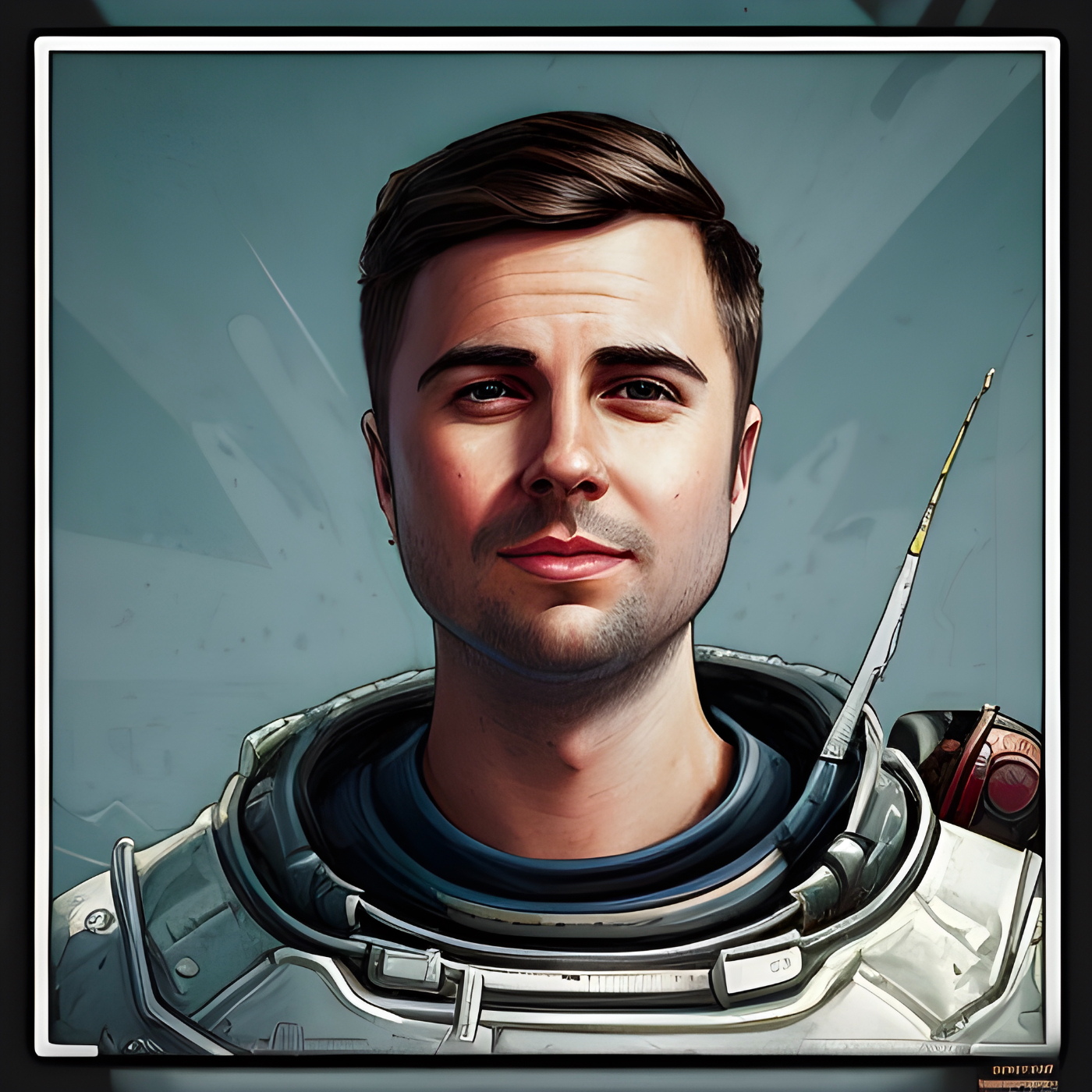8,466 reads
Understanding Basic Image Processing Algorithms [A Hands-on JavaScript Tutorial]
by
February 26th, 2020
Audio Presented by

Computer Scientist, Software Engineer @ Loadsmart, Machine Learning enthusiast
About Author
Computer Scientist, Software Engineer @ Loadsmart, Machine Learning enthusiast